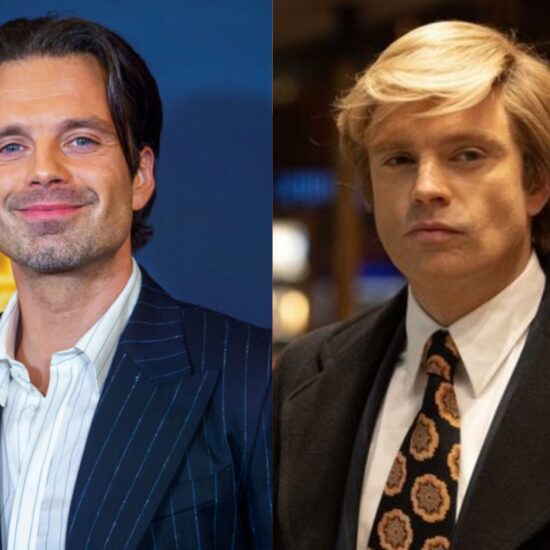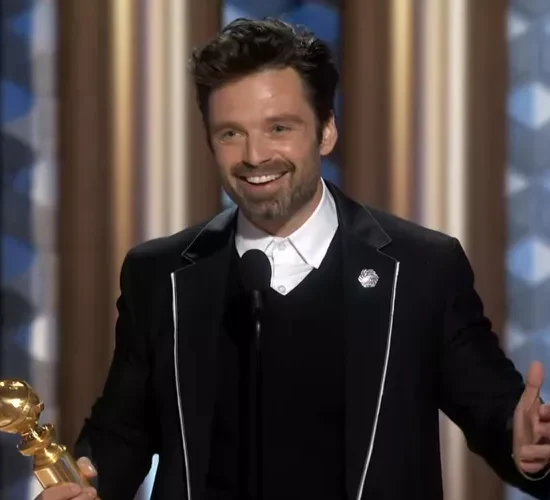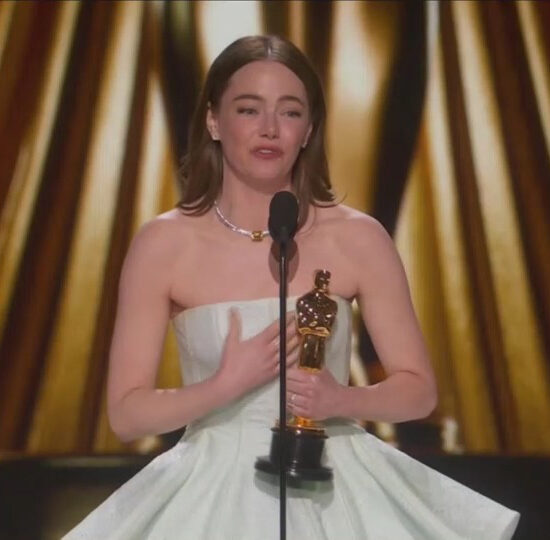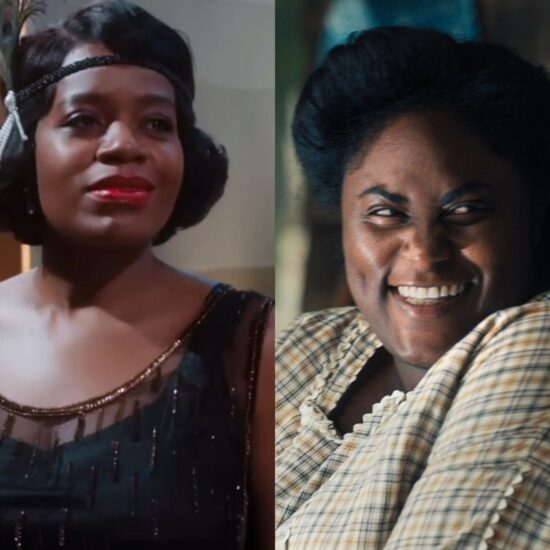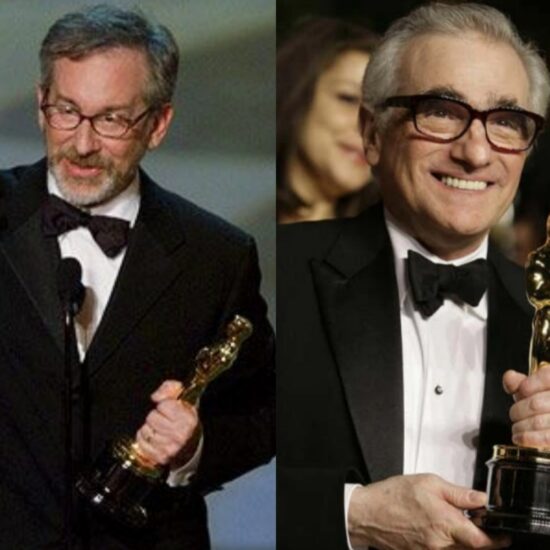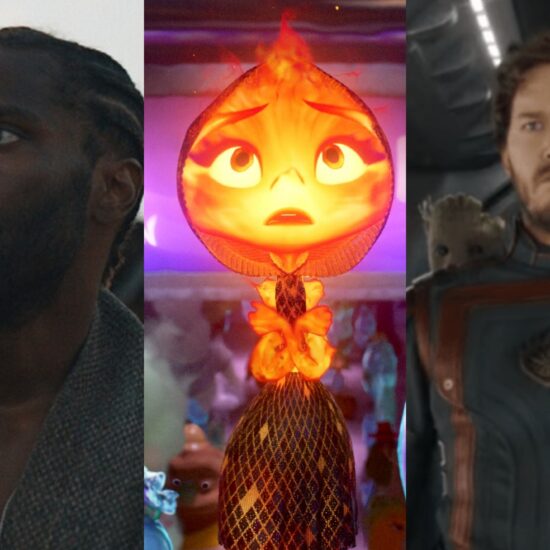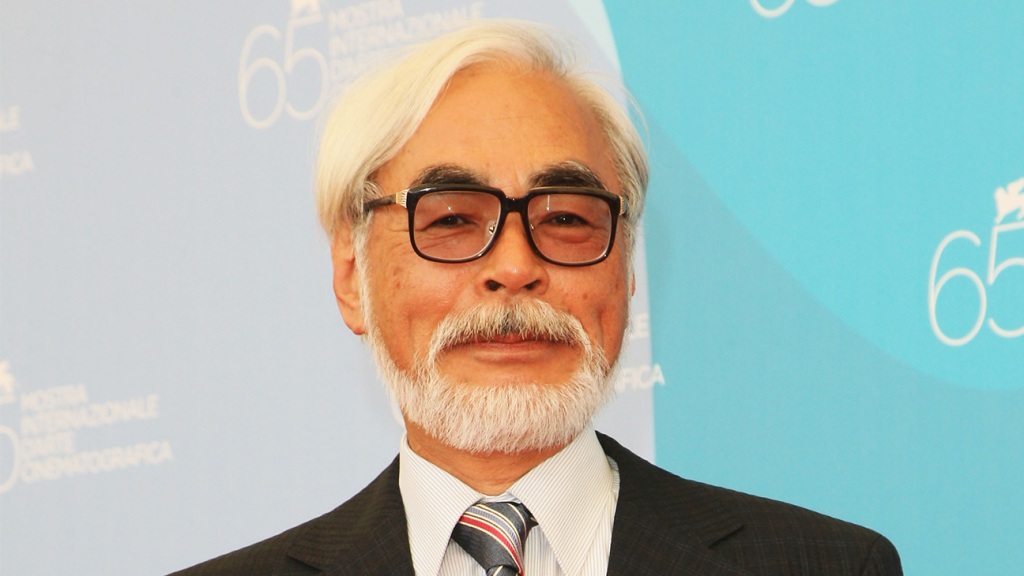
Editor’s Note: Studio Ghibli took the unprecedented step of doing no marketing in Japan for Hayao Miyazaki’s The Boy and the Heron, releasing no trailers and no plot summary. Instead, the fabled studio invited fans to go see the movie with no preconceptions, with producer Toshio Suzuki saying, “Deep down, I think this is what moviegoers latently desire.” So, briefly consider your true filmgoing desires before reading this article!
Shrouded in mystery and anticipated by millions, anime legend Hayao Miyazaki’s first film in a decade, The Boy and the Heron, finally met a curious public in Japan Friday, as its local release got underway. So far, the collective reaction could best be summed up as a combination of slight bewilderment and deep appreciation.
Japanese news service Kyodo was on the scene Friday morning in Shinjuku, Tokyo’s largest business district, as dozens lined up outside a cinema for The Boy and the Heron‘s first screening. And as the crowd filed out of the theater after the film’s 124-minute runtime, a 27-year-old company employee described the film as the “culmination” of Miyazaki’s anime world, adding: “I can’t digest it by just watching it once and I feel like I want to watch it again immediately.”
Information about the movie prior to its release was deliberately scant. Ghibli had previously shared only that the film was very loosely inspired by Japanese author Genzaburo Yoshino’s 1937 philosophical children’s book, How Do You Live?, one of Miyazaki’s personal favorites. In a TV interview back in 2017, Ghibli co-founder Toshio Suzuki, considered Miyazaki’s righthand man, said that the great animator was making the movie for his grandson, as a way of saying, “Grandpa is moving onto the next world soon, but he is leaving this film behind.”
And the studio’s decision to do zero promotion for the movie — releasing no plot summary, voice cast, trailers, art or description — kept fans in a keen state of curiosity (while also leaving large portions of the Japanese public unaware that a new Miyazaki movie was even coming). Suzuki said he believed the opportunity to see the film completely afresh, with no preconceptions, is what the audience “latently desires.”
So, now that many in Japan have seen the film, what are they saying?
Early reviews and descriptions to emerge from Japan, in both English and Japanese, suggest a movie that’s visually stunning but somewhat darker and more enigmatic than much of the Ghibli catalog.
In a somewhat mixed but overall positive review, specialty outlet Anime News Network describes Miyazaki’s animation work within the film as “truly astounding.”
“Every frame of this film feels like a separate work of art — one that only becomes grander when put together as part of the greater whole,” the reviewer writes. “It’s a film you could watch a hundred times and still discover new things in the background of any given scene. It cannot be understated how the little visual details take the film from real to surreal — like a heron flashing a toothy grin or wooden dolls vibrating as if in sympathetic laughter. It’s an animation tour de force unlike anything seen in the past decade.”
“It is no exaggeration to say that this film is among the best of Ghibli’s works in terms of visuals and story,” Japanese film site Eiga Channel wrote. “On the other hand, those who are not Ghibli fans may be confused by the dizzying pace of scene development.”
It added: “Ghibli, which has produced fantasy works that are easily understandable by children, has finally released a work that requires time and consideration to understand, so it is natural that there will be reactions of confusion. And there must be many viewers who were simply overwhelmed by the visual beauty.”
Japanese film and culture magazine Cinemas+ similarly described the film as a “culmination” for Miyazaki, drawing on motifs and characters from across his filmography, but embedding them in a story that’s somewhat darker, more challenging, and more personal than many of his beloved children’s works.
“To understand the setting and story deeply, you need to commit to watching it repeatedly while ruminating on the various scenes — and analyzing Hayao Miyazaki as a person,” the outlet said while also noting similarities between The Boy and the Heron‘s story and Miyazaki’s own biography.
The film begins with an impressionistic depiction of the firebombing of Tokyo during World War II, with the story’s protagonist, a boy named Mahito, fleeing his home. His mother is lost in the conflagration and his father, who works in a factory producing warplanes, soon marries his late wife’s younger sister and moves the family to a grand traditional home in the countryside. Mahito, wracked by grief and filled with angst over his new circumstances, begrudgingly begins exploring his new surroundings. He meets a mischievous blue heron that speaks — and taunts him — and stumbles upon a mysterious abandoned tower in the nearby forests. When his new mother goes missing, Mahito follows the heron into the tower in pursuit of her — crossing over into a parallel world of dizzying fantasy and philosophical import.
Many Japanese reviewers have noted that Miyazaki’s own family escaped the bombing of Tokyo for the Japanese countryside and that his father worked during the war as an engineer in a fighter plane factory, just like Mahiko’s. Miyazaki also has spoken over the years about how an especially close relationship with his mother shaped him as a person and helped inspire the strong female protagonists that recur across his filmography.
So far, Miyazaki has given no interviews about The Boy and the Heron. Nonetheless, the best hints to emerge about his inspirations and intentions with the film come from the old animator himself — via the grandson of the man who wrote the book that inspired the film.
Taichiro Yoshino, grandson of Genzaburo Yoshino, author of How Do You Live in 1937, is today working as a journalist and editor in Tokyo. Taichiro published an article in Japanese Friday describing a private Ghibli preview screening he attended earlier this year, where Miyazaki shared some brief words about his final feature.
“The moment the end credits were over, the lights were turned on, and comments from Hayao Miyazaki were read out,” Yoshino writes. The director’s statement for those in attendance was, simply: “Perhaps you didn’t understand it. I myself don’t understand it.”
“Light laughter emerged from the audience,” Yoshino says, adding that he was among those chuckling because he was “sitting there in a daze,” struggling to digest and understand the film’s messages.
Yoshino goes on to recount a meeting he attended at Ghibli’s offices in 2017 when Miyazaki explained his plan to make a film loosely inspired by Yoshino’s grandfather’s book. According to Yoshino, Miyazaki said he was coming back from retirement to approach a film from a new perspective.
“I’ve been avoiding it for a long time, but I have to make [a film] that’s more like me,” Miyazaki told him. “I made several works about boys who were cheerful, bright, and positive, but that’s not the way many boys really are. I myself was a person who was really hesitant, so I always thought that boys are actually less pure and swirling with all kinds of things.”
Miyazaki added: “Let’s be open about the fact that we live in conflict. So I thought I’d create a hero who is slow to run and has a lot of embarrassing things inside that he can’t share with others. When you overcome something with all of your strength, then you become the version of yourself who can accept such problems.”
Yoshino’s article goes on to become a moving meditation on the legacy of his grandfather’s book, and he describes how the themes in Miyazaki’s The Boy and the Heron inspired him to ask himself, “If I could have a direct conversation with my grandfather right now, what would I say to him?”
Near the end of the piece, he notes that The Boy and the Heron is “a separate work” from his grandfather’s How Do You Live, but that they perhaps share the same central theme — how to live with oneself and accept a world characterized by conflict and loss.
He concludes with a call to action: “For the time being, let’s go to the theater again in search of hints that I couldn’t collect by watching it just once. You may find a clue for a new dialogue with your grandfather too.”
The Boy and the Heron will be released in North America by specialty distributor GKIDS sometime later this year.








